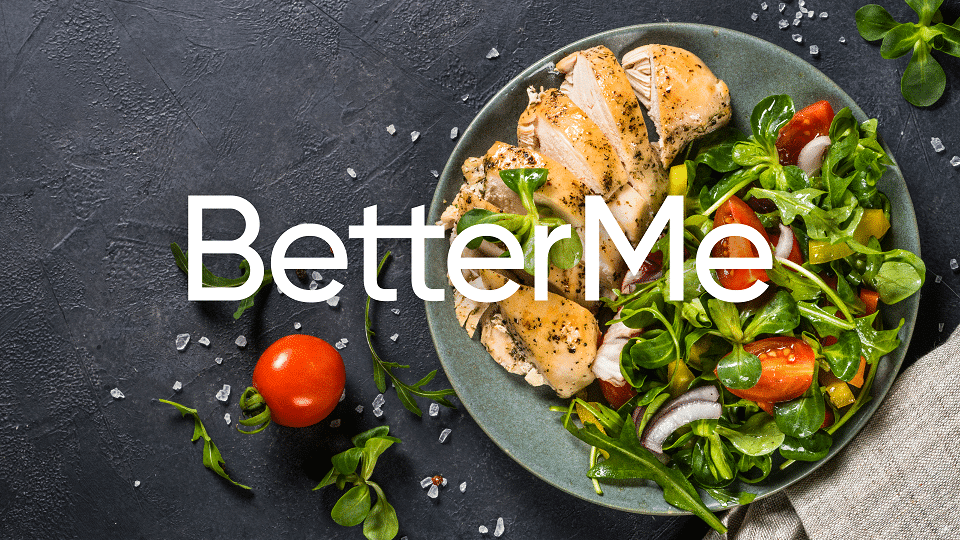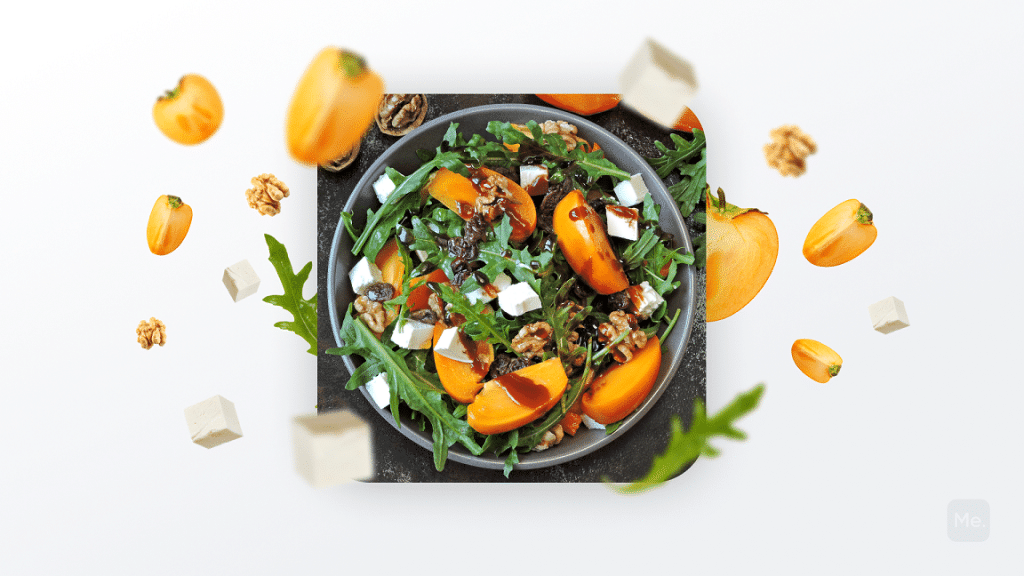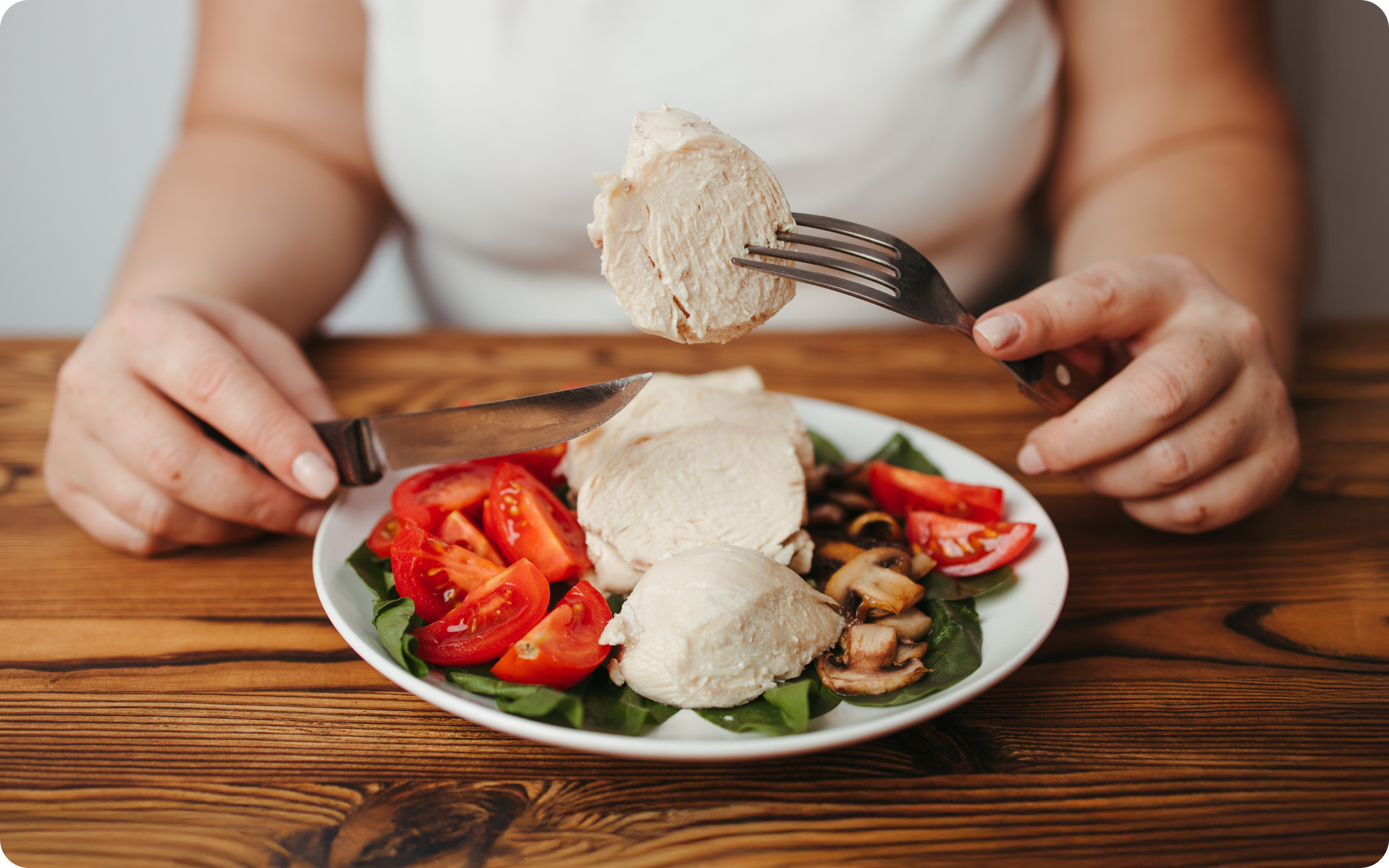Who Created The Pegan Diet And What Does It Mean?
The Pegan Diet was developed and introduced by an American physician Dr Mark Adam Hyman. The crux of the Pegan diet lies in integrating the Paleo Diet, which is based only on foods that predate human agriculture, with the Vegan Diet, which rejects any animal-based food. Thus, 75% of the Pegan Diet meals consist of plant-based foods, namely fruits, vegetables, nuts and even seeds; and 25% of the diet includes sustainably raised meat, poultry, and fish.
Get your personalized
meal plan!
What Do Paleo And Vegan Diets Have In Common?
Dr. Hyman explains that there are a few certain characteristics, which are common for both paleo and vegan diets. They are rather low glycemic, which means they are:
- low in sugar, flour and refined carbohydrates of all kinds;
- include many vegetables and fruits;
- low in pesticides, antibiotics, hormones and no or low GMO foods;
- high in good quality fats that come from olive oil, nuts, seeds, and avocados;
These diets allow no chemicals, additives, and sweeteners. Both are high in protein, which is good for appetite control and muscle synthesis. Besides, choosing organic and fresh food is preferable for the aforementioned diets.
Read More: Different Types Of Diets: The Lowdown On The Most Talked-About Weight Loss Strategies
Why Is The Pegan Diet Beneficial For Your Health?
Dr. Hyman argues that the diet he developed incorporates the best foods for a human’s body by:
- limiting meat consumption,
- adding gluten-free whole grains,
- emphasizing fruit and vegetables,
- excluding dairy, sugar and all the processed, refined foods.
So, What To Eat On The Pegan Diet?
- 75% of the plate should consist of plants. Make sure the fruits are low-glycemic fruits, and the vegetables are non-starchy.
- Healthy fats: consume nuts, coconut, avocados.
- Seeds.
- Gluten-free whole grains.
- Beans should be eaten sparingly, lentils are the best option.
- Animal products as a side dish and in small amounts, not as the main course.
- Pegan diet snacks include fruits, vegetables, almond butter.
What Food To Avoid On The Pegan Diet?
- Dairy
- Gluten
- Sugar
- Canola, soybeans, grapeseed or corn oils
- Chemical additives, including artificial sweeteners and GMOs, as well as antibiotics, and preservatives.
Why Can’t Meat Be The Main Course?
As it was mentioned, the Pegan Diet allows limited consumption of meat. On one hand, eating a limited amount of minimally-processed, sustainably raised or grass-fed meat as a part of a healthy diet helps to lower blood sugar levels, reduce belly fat, curb appetite, raise testosterone levels and increase muscle mass. However, all processed foods, especially the red meat, entail various risks, including such health problems as heart disease, (4) and diabetes. They are rather low in essential nutrients and contain too much sugar, sodium and fat (8). That’s why you should stay cautious and consume meat only in moderate amounts while sticking to this eating pattern.
Yanking yourself back in shape has never been so easy with our game-changing fitness app! Start transforming your life with BetterMe!
Why Go Gluten-Free?
Only gluten-free whole grains are allowed on the Pegan diet as gluten is linked to inflammation and digestive problems. Dr. Hyman argues that grain consumption increases your blood sugar levels and equates it with drinking soda. At the same time, he assures that consumption of low glycemic grains like quinoa or black rice in small portions is a good source of vitamins and protein.
How Many Fruits And Vegetables Should I Eat?
According to Dr.Hyman, around 75% of your plate should consist of various vegetables and fruits. Not all vegetables are equally healthy in large quantities, though. Even though both types are highly nutritious, the non-starchy ones contain less calories, therefore, you would gain less weight (2). This diet recommends that you should avoid starchy vegetables like potatoes and squash. Instead, opt for asparagus, Brussels sprouts, cauliflower or zucchini. It’s really not that difficult, in fact, there are plenty of non-starchy veggies, so it wouldn’t be a problem to find the ones you would enjoy the most and include them to your plate. This will help you achieve the main goal of the Pegan diet – keeping the blood sugar levels within normal range (5, 9). As for fruits, choose low-glycemic ones like berries and kiwis, which are not only scrumptious, but also high in antioxidants, thus supporting your immune system and helping prevent various diseases, like diabetes and cancer (6, 3).
Why Is Dairy Not Allowed On The Pegan Diet?
Dr. Hyman believes that dairy production is harmful to animals and the environment in general. Moreover, he claims that various diseases like cancer, osteoporosis and allergic disorders are linked to dairy. Consequently, dairy intake should be minimized, except for occasional grass-fed kefir or butter.
What Are The Cons Of The Pegan Diet?
The main challenge is that the diet excludes the entire dairy food group, many grains and all sources of added sugars, including processed food. It can be difficult to manage your own menu while attending social gatherings. In the beginning, you may also feel stuck at the supermarket with thoughts on whether this or that product fits your diet. Also, the diet demands constant planning of meals, more cooking time and can not be considered as a low budget one.
Conclusion
To sum up, the Pegan diet is not the easiest and least-demanding one. It emphasizes the importance of plant food, which is generally rather nutritious and is linked to inflammation reduction (7). Additionally, healthy fats from plants and fish can improve your heart health. Also, it is not recommended to avoid gluten and dairy unless you have specific allergies and intolerances (1). Moreover, sticking to this eating may be a rather bothersome process, so you might be forced to spend quite a lot of time in the supermarket choosing the foods that would fit this diet. Many of the products you would need, such as grass-fed meat, are pretty expensive. So, the Pegan diet might actually work for you, but it’s also demanding and, in addition, not all of its guidelines are scientifically grounded and must be strictly followed if you want to lose weight and enhance your health.
DISCLAIMER:
This article is intended for general informational purposes only and does not address individual circumstances. It is not a substitute for professional advice or help and should not be relied on to make decisions of any kind. A licensed physician should be consulted for diagnosis and treatment of any and all medical conditions. Any action you take upon the information presented in this article is strictly at your own risk and responsibility!
SOURCES:
- Dairy products and inflammation: A review of the clinical evidence. (2017, ncbi.nlm.nih.gov).
- Eating more fruits and non-starchy vegetables is associated with less weight gain (2015, sciencedaily.com)
- Kiwifruit protects against oxidative DNA damage in human cells and in vitro. (2001, ncbi.nlm.nih.gov)
- Major Dietary Protein Sources and the Risk of Coronary Heart Disease in Women (2010, ncbi.nlm.nih.gov)
- Nutritional Recommendations for Individuals with Diabetes (2019, ncbi.nlm.nih.gov)
- Red Raspberries and Their Bioactive Polyphenols: Cardiometabolic and Neuronal Health Links. (2016, ncbi.nlm.nih.gov)
- Self-report of fruit and vegetable intake that meets the 5 a day recommendation is associated with reduced levels of oxidative stress biomarkers and increased levels of antioxidant defense in premenopausal women (2013, ncbi.nlm.nih.gov)
- The Many Health Risks of Processed Foods (2019, lhsfna.org)
- The prevention and control the type-2 diabetes by changing lifestyle and dietary pattern (2014, ncbi.nlm.nih.gov)













